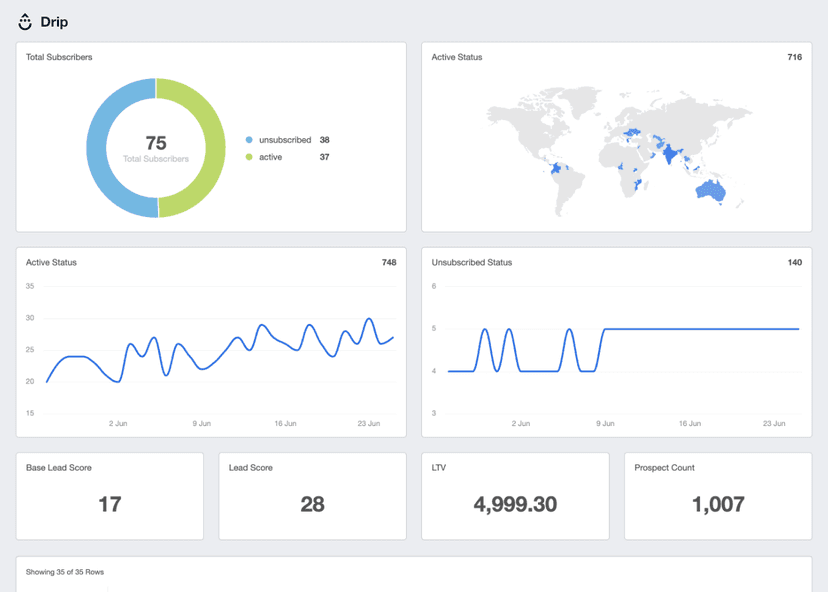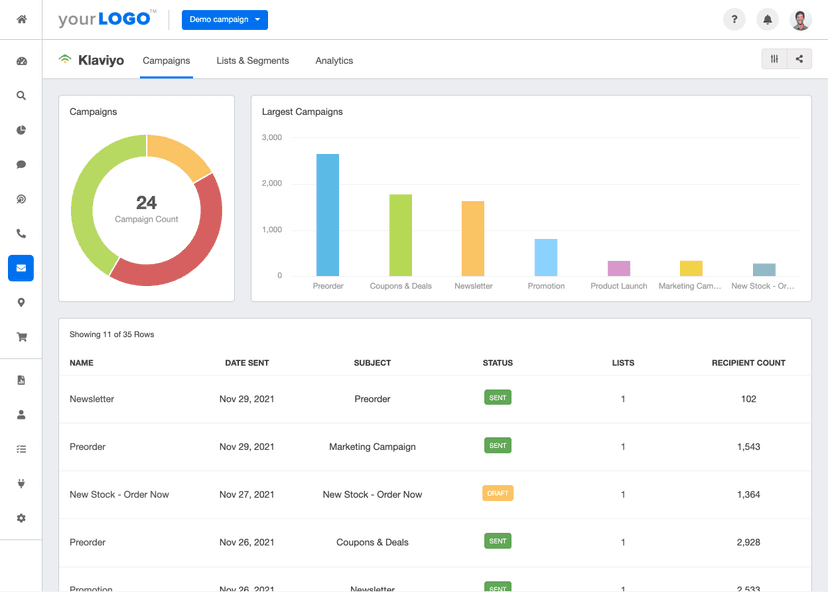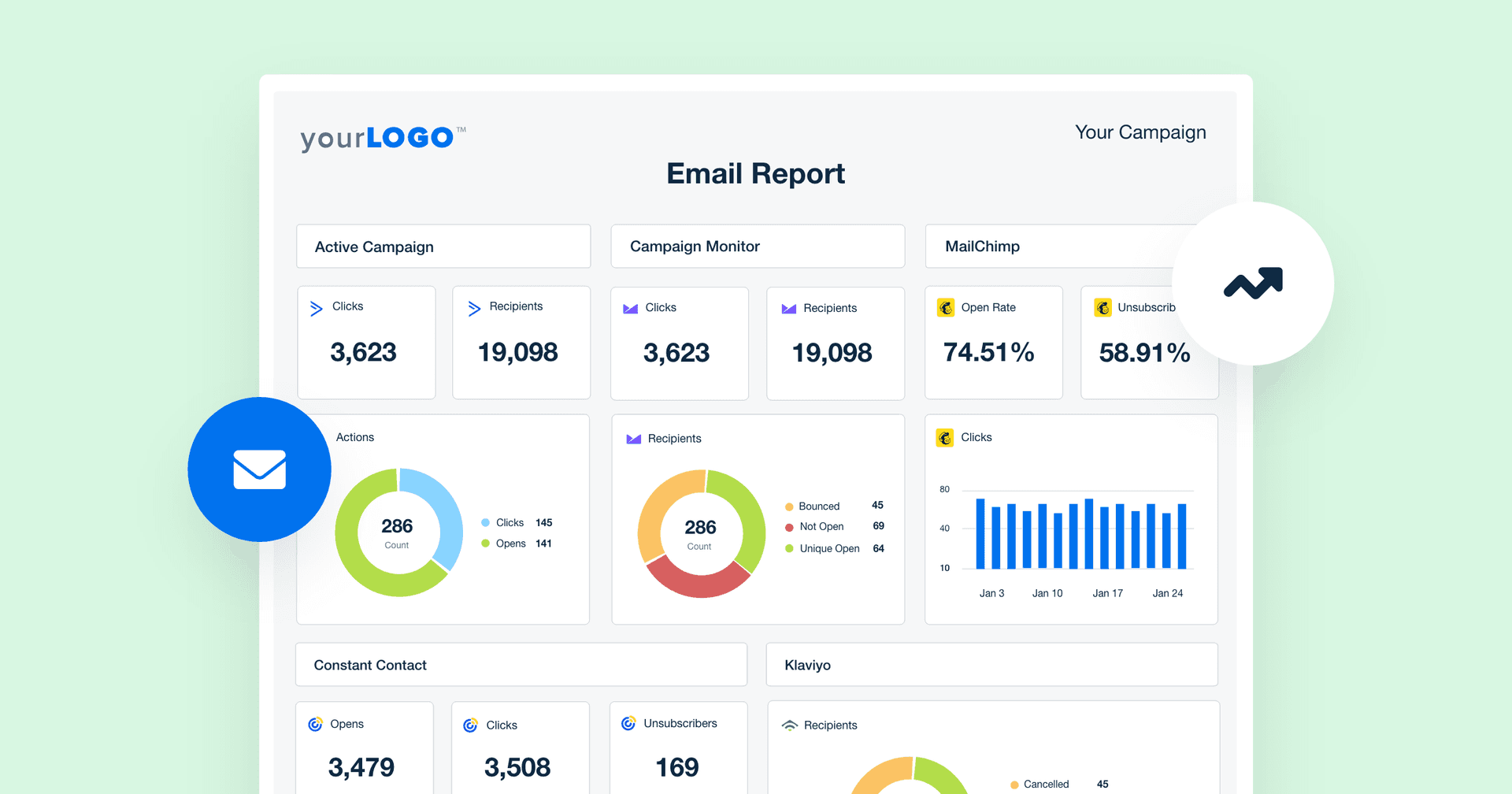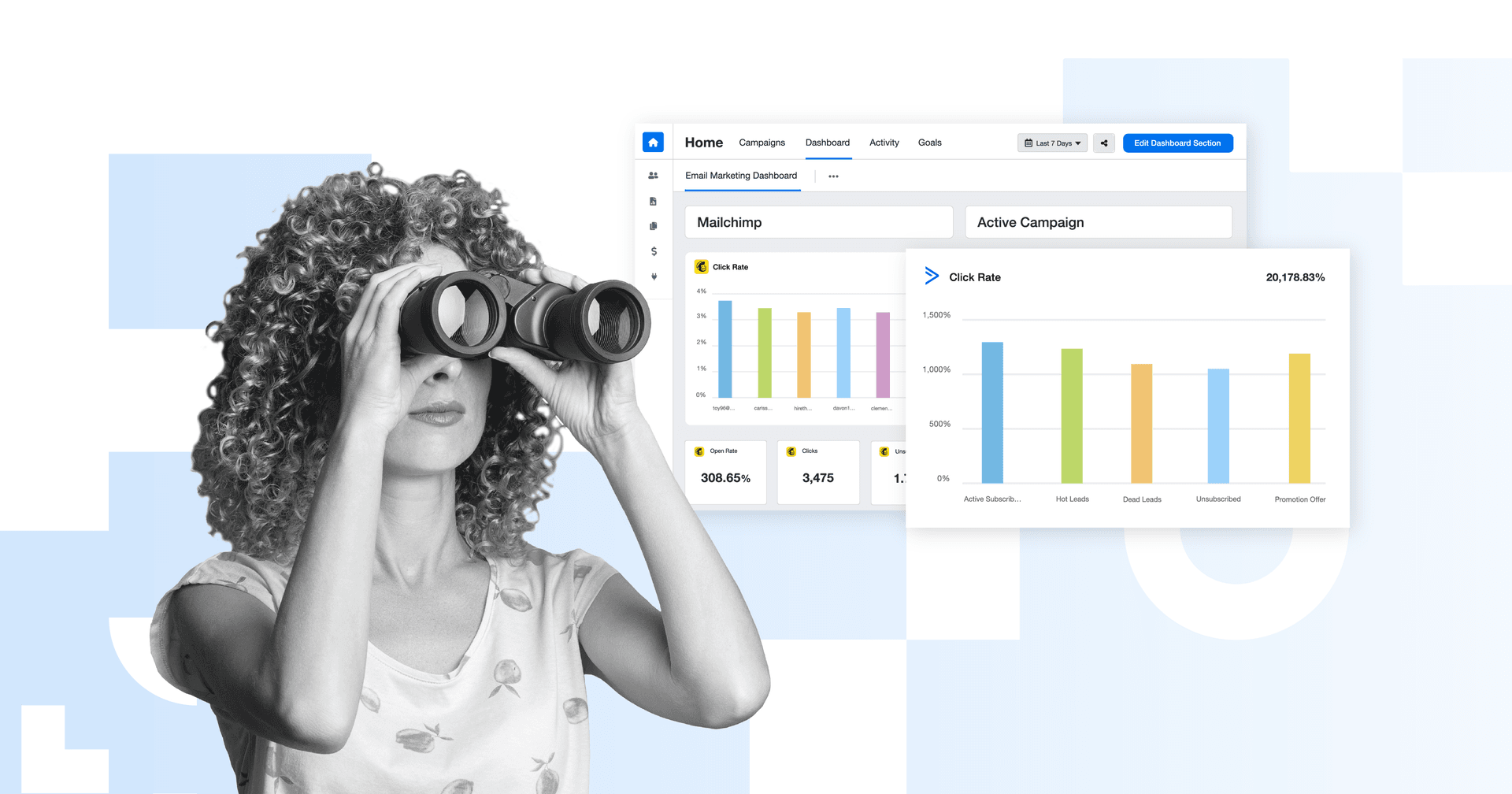Email Click-Through Rate
Content Evaluation
Understand which email content resonates with the audience to refine and create engaging content.
Segmentation Refinement
Segment the audience based on their interactions to build targeted campaigns that convert.
A/B Testing Optimization
Compare email performance with A/B testing to refine strategies that deliver better results.
Client Reporting for ROI
Highlight increased customer engagement and potential ROI to reinforce agency value.
Why Email Click-Through Rate Is Important
Email Click-Through Rate (CTR) helps gauge audience engagement with pinpoint accuracy. CTR measures the effectiveness of email campaigns, indicating how well they resonate with the audience.
A high Email Click-Through Rate signifies not just delivery but active engagement—recipients taking a specific action like purchasing, downloading content, or exploring the website. CTR reflects an email campaign's impact by directly showing how the strategy drove customers to a desired outcome.
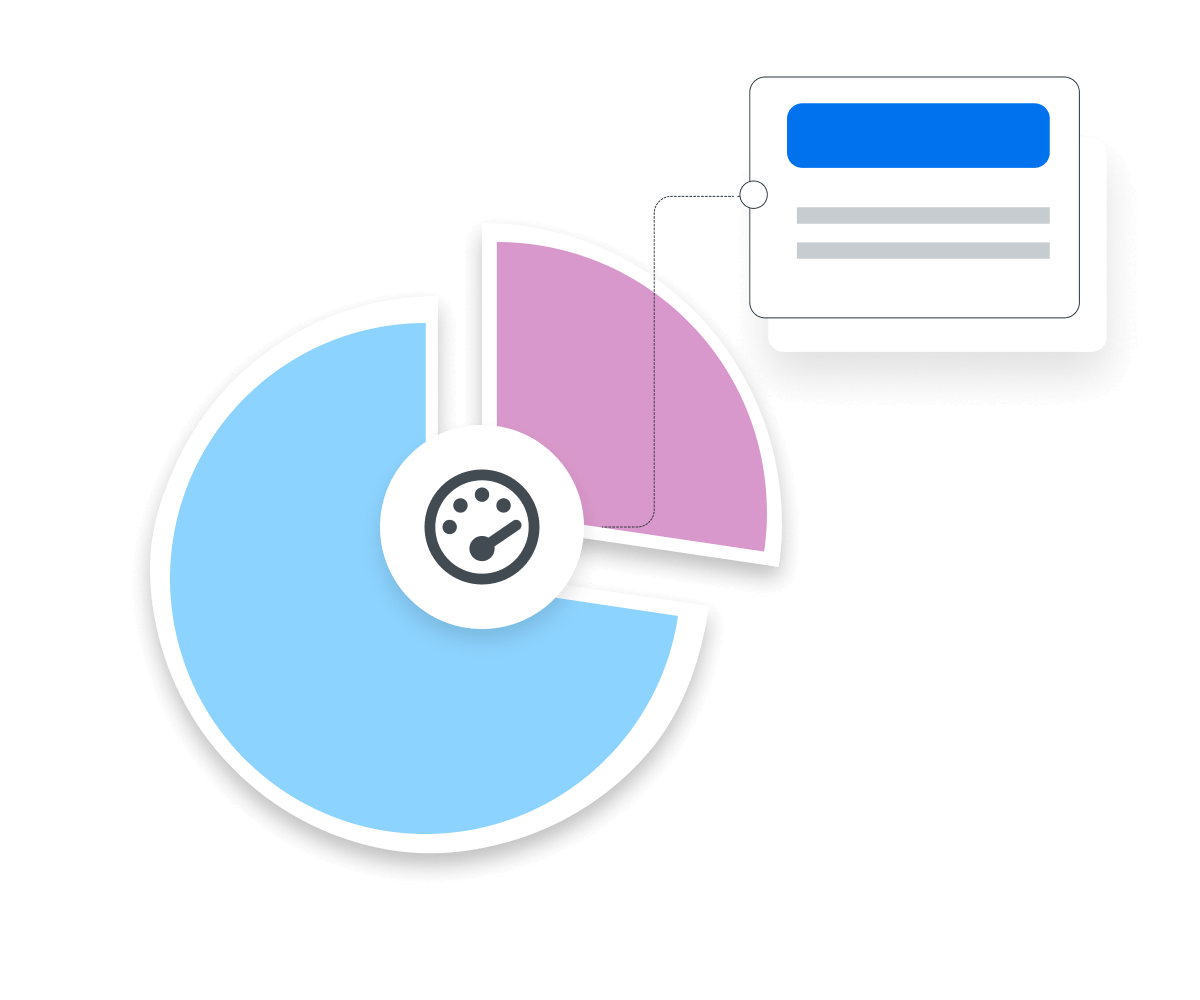
Stop Wasting Time on Manual Reports... Get Email Insights Faster With AgencyAnalytics
How Email Click-Through Rate Relates To Other KPIs
Email Click-Through Rate often operates as an isolated metric. Still, marketing agencies must compare it with other email marketing metrics and KPIs to provide a holistic view of email marketing campaign performance, conversion optimization, and long-term customer value.
Email CTR directly influences Conversion Rate. When recipients click through an email, they're more likely to take desired actions on the website, such as purchasing or signing up for a newsletter. This connection highlights CTR's role in driving conversions, a core goal that clients care about.
Additionally, CTR closely relates to Open Rate. An engaging email with a high Email Click-Through Rate correlates with a high Open Rate, indicating that the subject lines and email content resonate with the audience. Monitoring CTR and Open Rate helps you fine-tune email strategies for maximum impact.
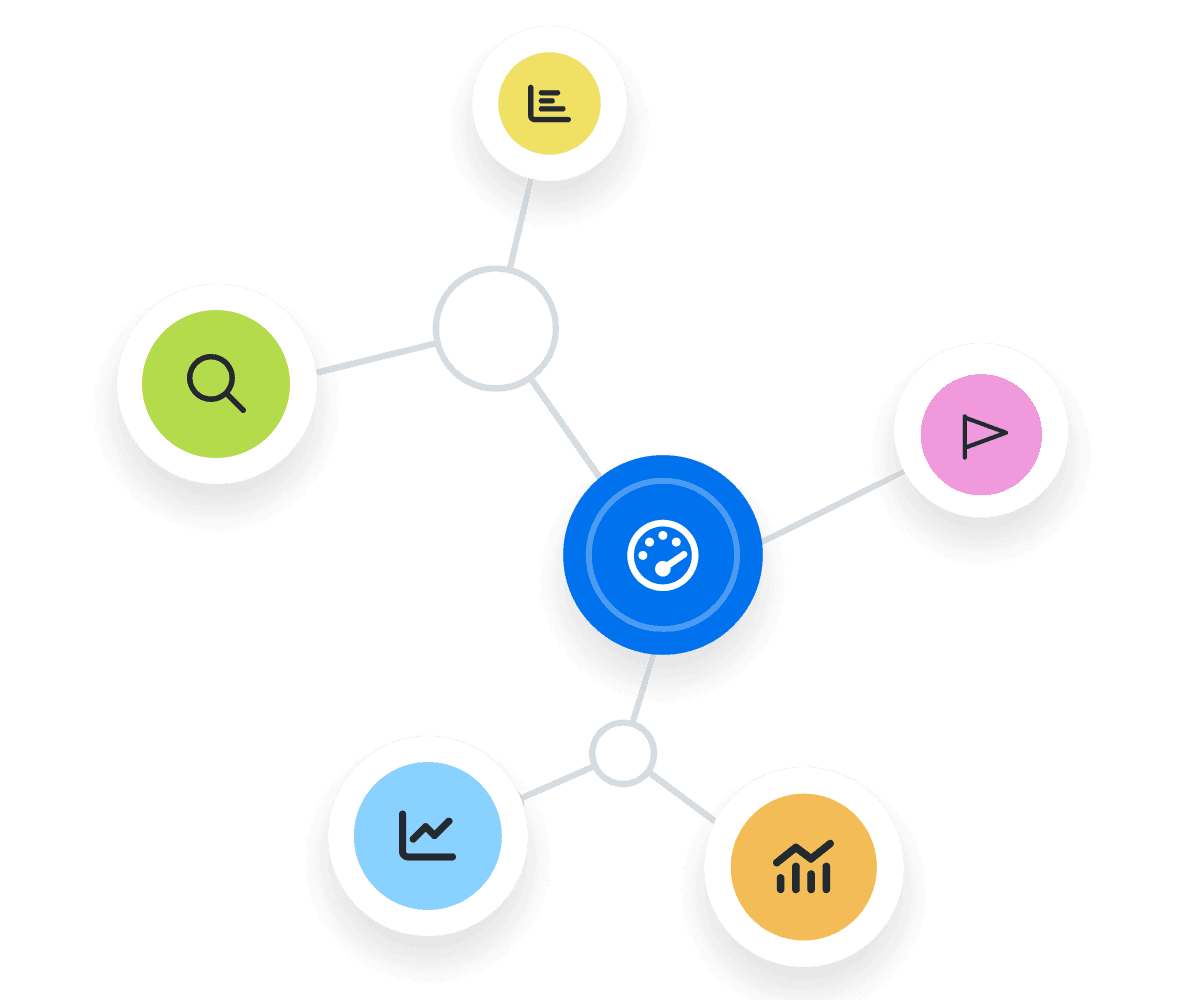
Using Email Marketing To Drive Lifetime Value
Another metric connected to CTR is Customer Lifetime Value (CLV). Engaging the audience through email campaigns boosts immediate conversions and fosters long-term customer relationships, ultimately increasing CLV.
By understanding how CTR contributes to CLV, marketing agencies optimize email campaigns for sustained success.
How To Calculate Email Click-Through Rate
Begin by finding the total number of clicks on the links in the email. Then, find the total number of emails sent during the specific time frame. Divide the total clicks by the total emails sent.
To find a more understandable figure, multiply the result by 100. This gives agencies the Click-Through Rate as a percentage.
Email Click-Through Rate Formula Example
What Is a Good Email Click-Through Rate?
A good Email Click-Through Rate (CTR) typically falls between 3% and 5%. This level indicates that the email campaigns effectively engage the audience and drive them to act. However, what's considered "good" varies depending on the industry and target audience.
What Is a Bad Email Click-Through Rate?
On the other hand, a bad average Email CTR is below 1%. If the CTR consistently lingers in this range, it may indicate that the email content or strategies need improvement. Low CTRs mean the emails must more effectively capture the audience's interest or motivate them to click through.
How To Set Email Click-Through Rate Benchmarks and Goals
Understanding industry benchmarks for Email Click-Through Rate (CTR) is a great way to know how clients are doing compared to their competition. Plus, it gives the agency a target to aim for.
There are a few things to consider when making email CTR benchmarks for clients. For example, the time the email was sent out, understanding a client’s industry, and the type of email content make a difference when setting their benchmark. Once the benchmark is found, compare it to a client’s stats. If they’re below average, use this to reassess their strategy. Maybe their call-to-action needs to be more enticing, or perhaps the content needs to be more engaging.
Agencies analyze segmented data to gain more granular insights into Email Click-Through Rate performance. Pinpoint what resonates with specific groups by breaking down CTR by audience segments, content types, or sending times.
Additionally, A/B testing uncovers which elements within an email drive higher CTR, helping refine future campaigns for better engagement.
Why Email Click-Through Rate Matters to Clients
Email Click-Through Rate is a direct indicator of customer engagement. A high CTR signifies that the client’s audience actively interacts with their content, showing interest in their products or services.
It means potential leads are taking steps toward conversion, making it a pivotal metric in evaluating email campaigns' return on investment (ROI). For clients, CTR translates into tangible results and revenue potential.

Why Email Click-Through Rate Matters to Agencies
Email CTR holds immense value for agencies as it provides tangible evidence of their expertise. Agencies showcase increased CTR due to their strategic email marketing efforts, reinforcing their role in driving client success.
The metric speaks to the agency’s ability to craft compelling content, optimize campaigns, and deliver measurable results. Overall, Email Click-Through Rate is one metric that is a testament to an agency's capacity to boost client engagement and conversion rates.

Top Factors That Impact Email Click-Through Rates
Several factors directly impact the average click through rate of email marketing campaigns. Firstly, relevance and personalization are paramount. Tailoring email content, starting with the subject line, to recipient interests drives higher engagement. Although subject line is often closely tied with Open Rates, it also impacts Email CTR when the email delivers on the promise set by the subject line.
Additionally, optimizing call-to-action clarity, visibility, and placement within email messages encourages immediate action. Finally, mobile responsiveness is crucial, as the majority of email opens occur on mobile devices. Ensuring emails are optimized for mobile viewing facilitates seamless interaction, boosting click through rates and campaign success for email marketers.
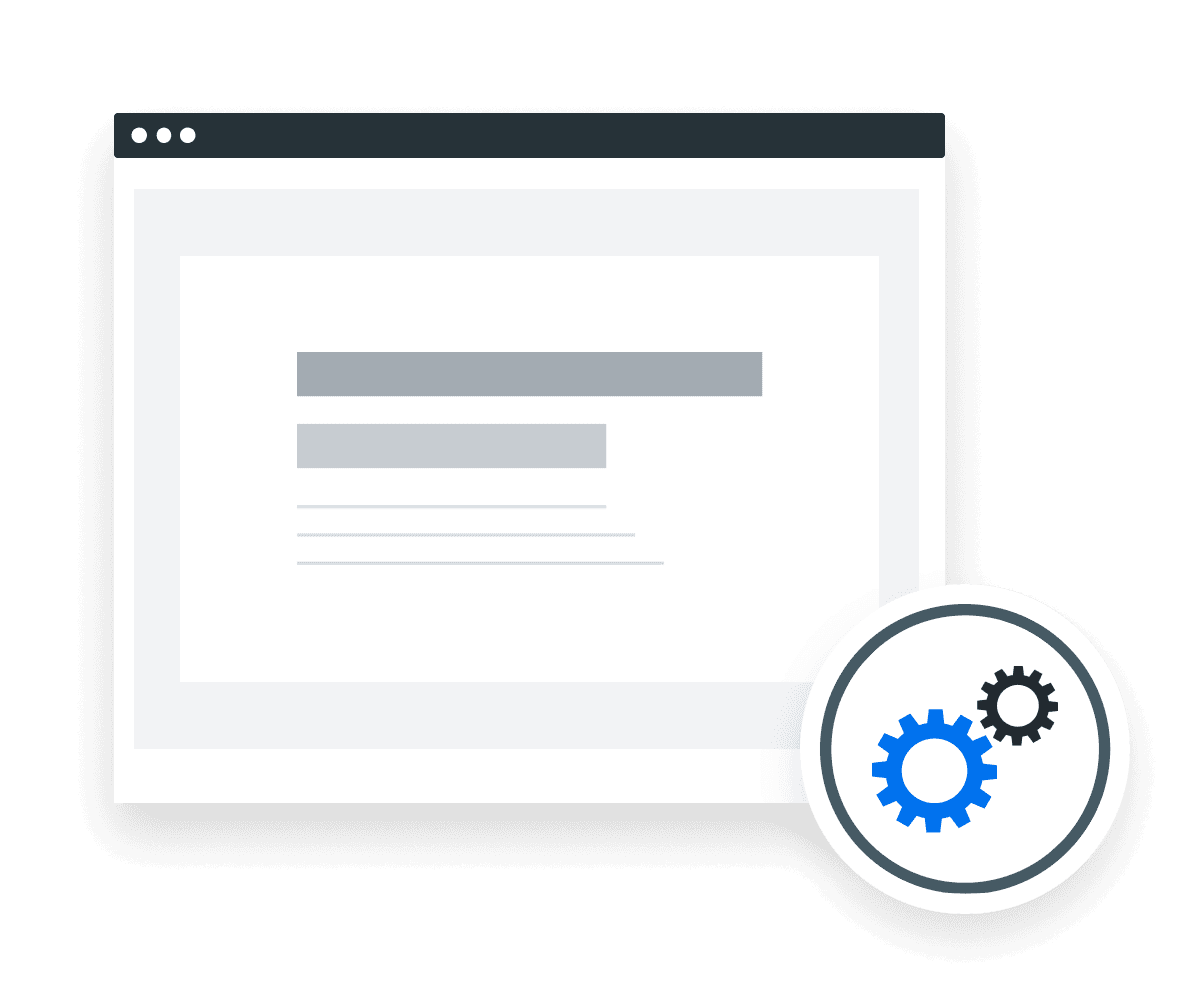
Discover the Client Reporting Platform Trusted by Over 7,000 Marketing Agencies
Best Practices When Analyzing and Reporting Email Click-Through Rate
Analyzing Email Click-Through Rate (CTR) is essential for data-driven email campaigns. It provides insights into audience engagement and campaign effectiveness, laying the groundwork for informed decisions for future campaigns.
Analyze Email Click-Through Rate Across Channels
Compare CTR across various channels like email, social, and websites to identify strengths and adapt strategies. Take note of links or specific phrasing customers click on within other platforms.
Analyze CTR Across Campaigns
Compare CTR performance across different campaigns to identify effective tactics and content to apply to their email campaigns.
Include Actionable Recommendations
Start by defining clear Email Click-Through Rate objectives to measure the success effectively. Then, offer suggestions to boost CTR, such as optimizing subject lines, email content, or call-to-action buttons.
Put Email Click-Through Rate in Context of Other Metrics
Present Email Click-Through Rate alongside Conversion Rate, Revenue, and other relevant metrics to provide a comprehensive view.
Visualize Email CTR Performance
Help clients visualize their Email CTR data with charts or graphs. For example, use a chart that shows how Click-Through Rate improved after rolling out a new CTA strategy. Visuals make complex data more understandable and encourage informed decision-making.
Demonstrate How Email Click-Through Rate Contributes to Goals
Show how CTR contributes to client goals like lead generation or sales. Align CTR metrics with the client's broader objectives.
Constant Contact Dashboard Example
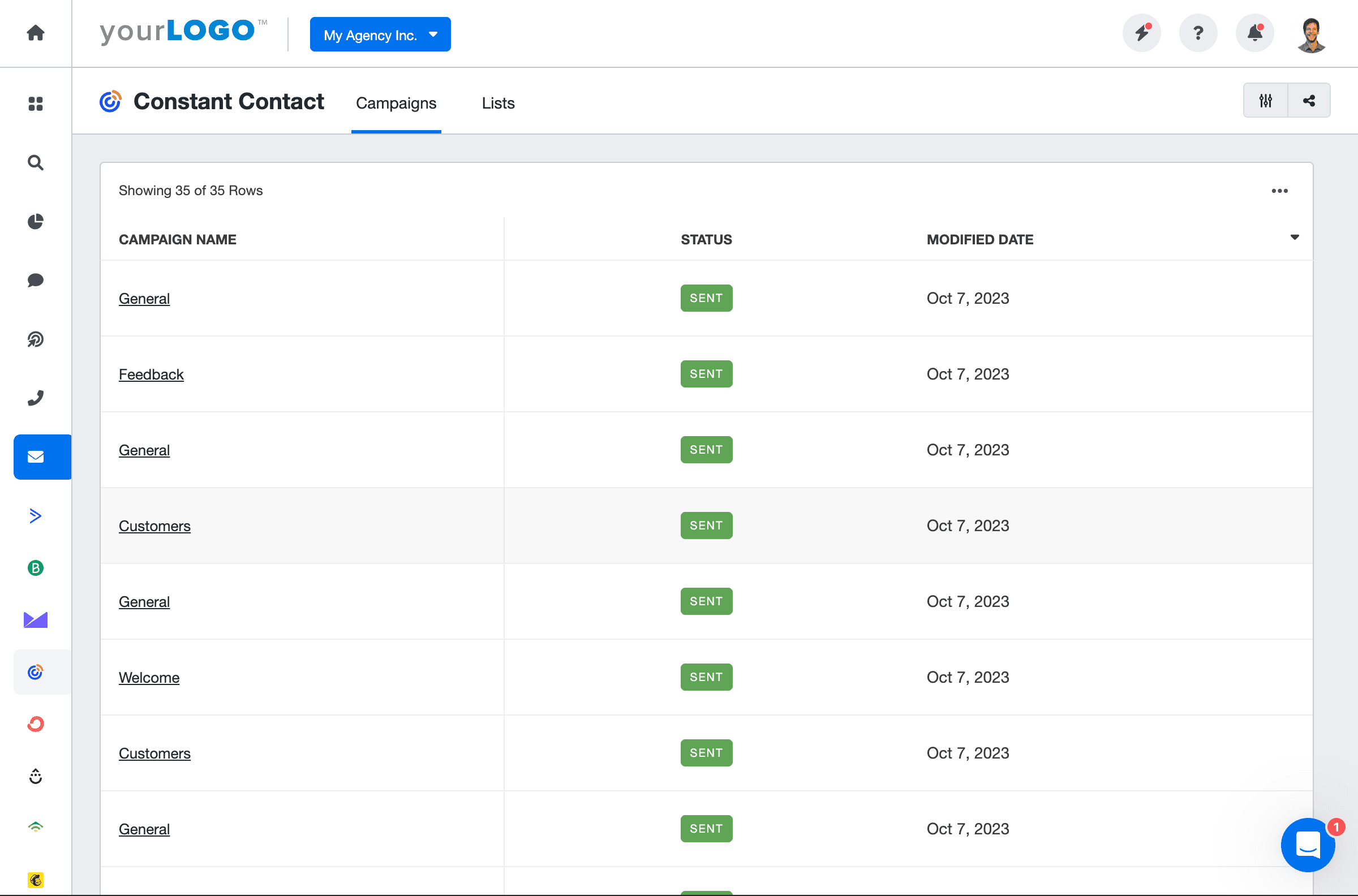
How To Improve Email Click-Through Rate
Optimizing Email Click-Through Rate has the potential to increase conversions and revenue for clients. Enhancing Email CTR makes email campaigns more effective and ultimately drives better results. Here are three tips on how to do it:
Write Clear CTAs
Include clear, attention-grabbing calls to action that guide readers to click through.
A/B Test
Continuously test elements—headlines, images, button placement—to identify what resonates with the audience.
Optimize for Mobile
Ensure emails are mobile-responsive for a seamless experience on all devices.
Related Blog Posts
See how 7,000+ marketing agencies help clients win
Free 14-day trial. No credit card required.

